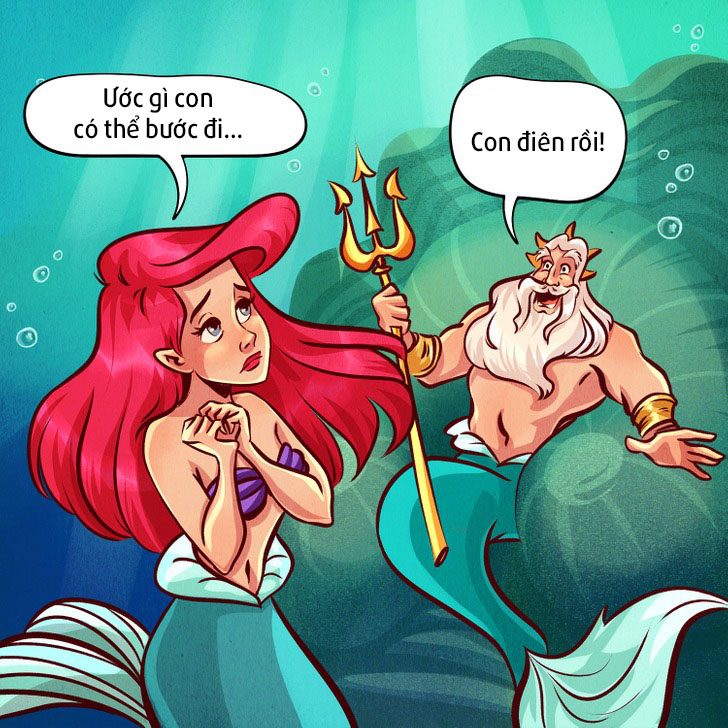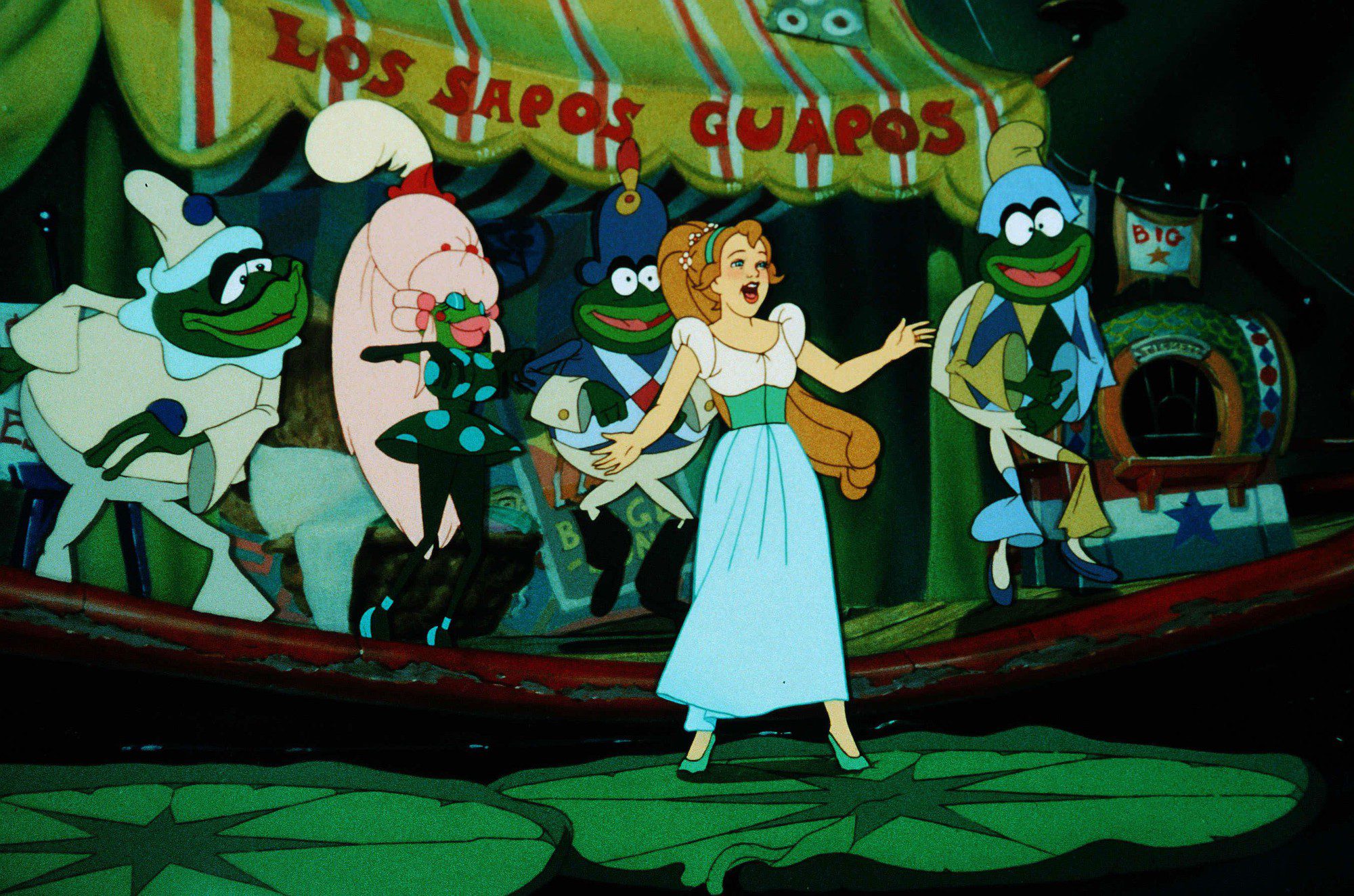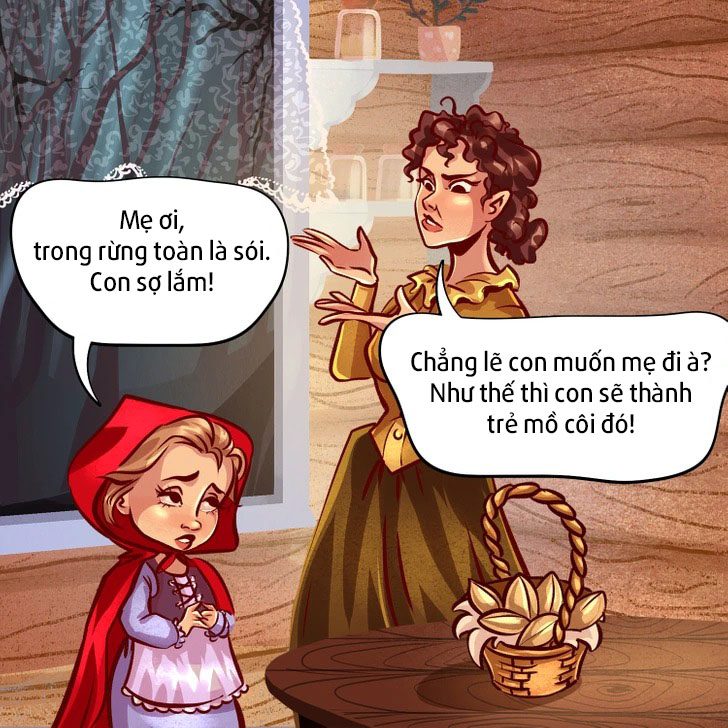Being a parent is undoubtedly one of the most challenging jobs in the world, and no one can guarantee that they won’t make mistakes in the process of raising their children. There are many behaviors and common sayings from various parents that reflect this complexity, especially when it comes to the intricate relationship between parents and their children. Even in classic tales, we often see the significant presence of parental figures who are both protective and at times overly controlling. When analyzed, we can see numerous examples of parental styles that have been depicted in stories that resonate with everyone.
Keeping a Child’s Dreams Alive (The Tale of Ariel)

Ariel had a dream: she wanted to live on land and explore the surface world. However, instead of supporting her aspirations, her father chose to suppress this idea and dismiss it. In the end, we see the tragic consequences where the beautiful mermaid must bear the weight of her father’s disapproval.
Being able to express one’s dreams is a completely natural and encouraging act. However, many parents view such dreams as nonsensical or unrealistic. This mindset not only diminishes the child’s trust in their parents but can also lead to a lack of self-confidence.
Rather than dismissing their child’s desires as mere fantasies, Ariel’s father should engage in discussions with her. He could warn her about the potential dangers of venturing onto land and emphasize the need for caution regarding her wishes.
Overprotective Parenting (The Tale of Thumbelina)

The mother of Thumbelina cared for her beloved child so excessively that she hindered her daughter’s growth as she transitioned into adulthood. Due to this overprotective behavior, Thumbelina became someone who was unable to make any decisions for herself and could not take charge of her own life.
In real life, excessive control and overprotection can lead to individuals who lack independence and self-sufficiency. Parents should allow their children to experience failure and learn from it, preparing them for life’s challenges. If Thumbelina wants to marry, she should be encouraged to seek out her own partner instead of relying solely on her mother’s decisions.
Ignoring the Child’s Perspective (The Tale of Cinderella)

The relationship between Cinderella and her stepmother serves as an excellent illustration of how adult figures often overlook the opinions of their children. Regardless of what Cinderella does, her stepmother consistently finds ways to undermine her self-esteem. This treatment directly affects Cinderella’s confidence and self-worth.
It is essential for parents to recognize that a child’s perspective matters. Listening to their children and acknowledging their feelings can foster a stronger bond and help them grow into confident individuals.
Overburdening Responsibilities on Children (The Tale of the Little Princess)

If we take a moment to reflect, we realize that this is a classic story and can view the tale of the little princess through the lens of an adult. Why would a parent place such heavy responsibilities on their child, expecting them to navigate dangerous situations without proper guidance?
In real life, some parents can impose responsibilities that are not suitable for their child’s age. This approach can lead to children feeling overwhelmed and ill-equipped to handle life’s challenges. Parents should allow their children to enjoy their childhood and take age-appropriate responsibilities.
In conclusion, parents should focus on being supportive, listening to their children, and allowing them the freedom to explore and learn while providing appropriate guidance. Each child’s journey is unique, and understanding this can help foster healthier relationships between parents and their children.





















